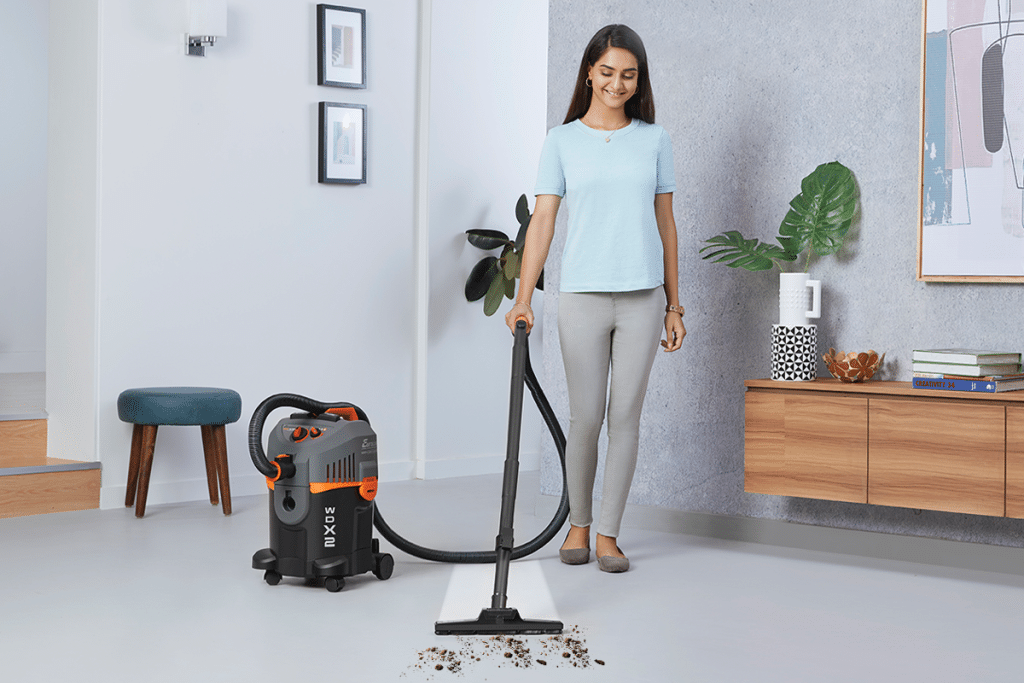Understanding vacuum cleaner specifications can be difficult because consumers often associate cleaning ability with suction power, but it’s more than that. Here, we will break down the essential house vacuum cleaner specifications to help you choose the ideal cleaning companion for your home.
1. Vacuum Power Performance
The heart of any vacuum cleaner is its vacuum power, which determines how effectively it can pick up dirt and debris from the surface. There are typically two indicators determining vacuum power—water lift and airflow measurement. While water lift indicates suction force, airflow measurement indicates the air volume intake. The higher the water lift and airflow, the more powerful the suction.
2. Noise Level
Evaluating noise level is another factor that requires consideration. Vacuum cleaner noise is measured in decibels dB, and a lower dB rating indicates quieter operation. While it may not be directly tied to performance, it significantly impacts comfort, especially if you have a family or sensitive neighbours.
3. Design and Structure
When considering a house vacuum cleaner, another factor you must assess is the structure, which includes the following:
- Size and Weight: These elements vary based on model and usage. For offices, shops, and small spaces, a lighter vacuum (under 10 kg) is ideal. Collection tank size and material (plastic or steel) should also matter.
- Cable Length: Considering the power cable length is essential. A long cable is usually preferable for extended reach.
- Handling System: Handling systems like trolleys and wheels are essential. For example, consider using vacuums with large rubber-coated wheels for outdoor applications for optimal manoeuvrability, even on rough surfaces.
4. Filtration
Every vacuum features a set of high-efficiency filters designed to prevent the accumulated debris from re-entering the environment. There are typically three types of filters in a house vacuum cleaner:
- Bag: The initial collection component is typically the bag. In the case of “dry-only” vacuums, a durable microfiber bag is commonly used to gather dust.
- Upstream Filter: It shields the motor from the suctioned dust. The most common type of upstream filter is a High-Efficiency Particulate Air (HEPA) filter that can capture tiny particles, including allergens and dust mites, ensuring cleaner air in your home.
- Downstream Filter: It prevents from re-circulating.
5. Supplied Accessories
Vacuums typically come with a range of accessories designed for various suction tasks. While selecting a vacuum, it’s essential to check the quantity and variety of supplied accessories and consider optional features as well.
Consider these specifications and align them with your household needs to ensure that your car vacuum cleaner with a blower isn’t just a household appliance but also a valuable cleaning companion.

